TOP DIY PHOTO HACKS
Eight easy-bake tips ‘n’ tricks for pro-quality shots on a DIY budget.
Written by Udi Tirosh

UDI TIROSH
In 2006, fed up with his day job, Udi Tirosh decided to turn his love for photography into a career. Besides taking pictures, he began blogging about his efforts to come up with creative, low-cost DIY solutions for common photography problems. Eight years later, Udi’s blog is still going strong, and has evolved into a general-purpose online photography community celebrating everything photo-related, from inspirational work right down to the hands-on technical nitty-gritty. Udi’s passion for building photo equipment has also led to a sideline as a product development entrepreneur. The Bokeh Masters Kit and the Light Blaster are some of his original offerings.
A MAKER AND A PHOTOGRAPHER HAVE MORE IN COMMON THAN YOU MIGHT THINK. Many photographers build their own gear, and many makers are great photographers. There is so much creativity and innovation at the intersection of these two communities that I decided, back in 2006, to start an entire blog dedicated to chronicling them. Presented below are just a few of the cleverest, most inspiring, and most useful maker-photographer projects I’ve seen in my eight years at the helm of diyphotography.net.
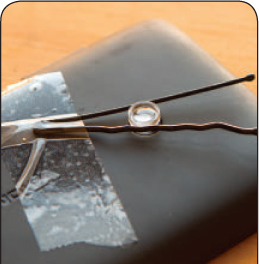
Gunther Kirsch
LASER LENS SMARTPHONE MACRO
Smartphone cameras have evolved to the point where most of us are carrying semi-pro cameras around in our pockets all the time. One area where they fall short, however, is extreme macro photography, and that’s unlikely to change anytime soon due to the relatively small demand for this kind of photography among most users. But if you’re a macro junkie, this easy hack, using the laser lens from an old CD or DVD player, makes it possible for your phone to capture amazing close-up details you’ve never seen before. Just perform a “lensectomy” on an old DVD player or optical drive, optionally mount the laser lens on a piece of cardboard for easy handing, and fix it temporarily over your phone’s built-in lens with a bobby pin and/or piece of tape.
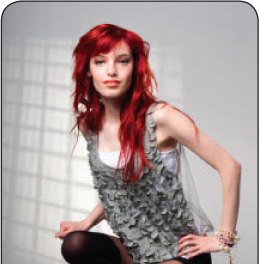
FLASH PHOTOBOMB PROJECTOR
If you stop to think about it, a camera and a projector are basically the same thing, only in reverse. Instead of tossing your old camera, convert it into a slide projector by fixing a strobe where the back used to be. Since the projected image only exists for a fraction of a second when the flash fires, this device can be used to project backgrounds and other images into photographs that are not visible to onlookers. Equip it with an optical slave strobe (which fires when it detects the light from another flash) and you can even “photobomb” other cameras, projecting images into other people’s photographs that will probably not be noticed until the pictures are examined. Use with care!
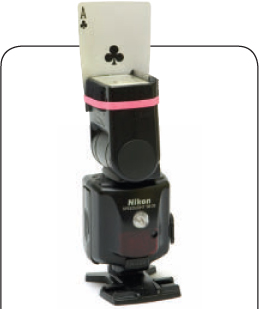
Udi Tirosh
ACE OF SPADES “FLASHCARD”
You know how all party photos look the same? Flat, pale, overexposed faces with red eyes? That’s what happens when you use a direct flash. The strobe head on top of your camera is too bright and too close for close-quarters portraits. Quick ‘n’ easy fix: Attach a playing card to the flash with a rubber band. Most of the light bounces off ceiling and walls for softer indirect light, while a much smaller part hits the subject directly, removing eye shadows. Rotating the card back or to one side may give interesting effects, depending on your environment. Experiment!
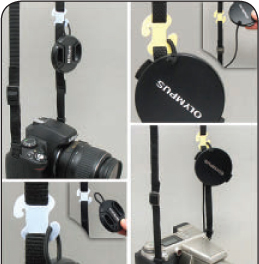
Benny Johansson
SHAMPOO BOTTLE LENSCAP CLIP
Hand to heart, how many times have you lost a lens cap? Left it behind on a bench or on the ground? A common problem, of course, and though there are scads of lens-cap-finders and -minders on the market to combat it, this quick, eco-friendly, DIY version cut from the side of an old shampoo bottle is my personal fave. You can customize the shape to suit your style, and maybe even add a small hole at the bottom to hang your keys while you’re at it.

Udi Tirosh
DIY BOKEH
This is probably my all-time favorite photo hack, and certainly the most popular we’ve ever shared on the blog. It’s quick, it’s easy, and it’s so gratifying as to be almost magical. All you need is a piece of cardboard and a sharp hobby knife. Cut out whatever shape you want, put the cardboard over the lens, and shoot through your custom “pinhole.” Any out-of-focus light in the photo will take on the shape you cut into the card.
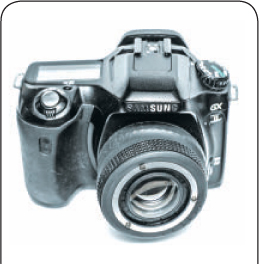
Maciej Pietuszynski
SHOWER-HEAD TILT SHIFT LENS
Tilt-shift is a photographic effect that can be imitated in software (à la Instagram), but it is best as an in-camera effect. It creates a beautiful “miniature” feel, making full-size vistas look like small diorama or model-railroad layouts. Optically, it requires a lens that is slightly off-axis from the camera’s focusing plane which — as you can imagine — is something most manufacturers strive to avoid! Since the internet tilt-shift craze, companies like Lensbaby have started providing off-the-shelf tilt-shift lenses, and though I love my Lensbaby, I will always have a soft spot for this DIY version made by mashing up a Canon “Nifty Fifty” lens, a shower head, and a heavy-duty rubber glove!
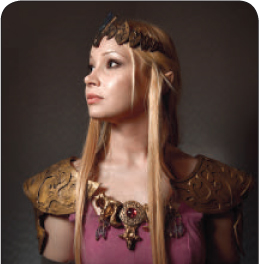
Michael Carian
TURKEY PAN BEAUTY DISH
When it comes to taking portraits the light is at least as important as the camera and lens. Bad lighting makes even the comeliest subject unpleasant to look at, and conversely, beautiful lighting can make even the ah, less well-formed among us look downright handsome. One of the most useful tools for this purpose is called, sensibly enough, a “beauty dish.” Like a lot of pro-line tools, a purpose-manufactured beauty dish is pricey and can set you back as much as a couple hundred bucks. You’d be shocked how close an effect you can get from a $3 disposable turkey pan and a bit of hacking. PRO TIP: Take the turkey out of the pan before mounting it on your flash. (Maybe clean it first, too.)

Laya Gerlock
TABLET LIGHT PAINTING
Light painting — in which flashlights, sparklers, LEDs and other lights sources are used to “paint” streaks of glowing light onto long-exposure photos — could have a whole book of hacks unto itself. However, this simple trick of using a tablet or smartphone screen to create a science-fiction look for gadget or product photos remains one of my personal favorites. It gives amazing effects with very little specialized gear. After all, who doesn’t have a smartphone these days? Besides the tablet or other video-enabled device, all you need is a tripod, a dark room, and a camera that can be set to take long exposures. Then you just trip the shutter and “paint” the light from the screen onto the subject by slowly walking or otherwise moving the screen around it.
